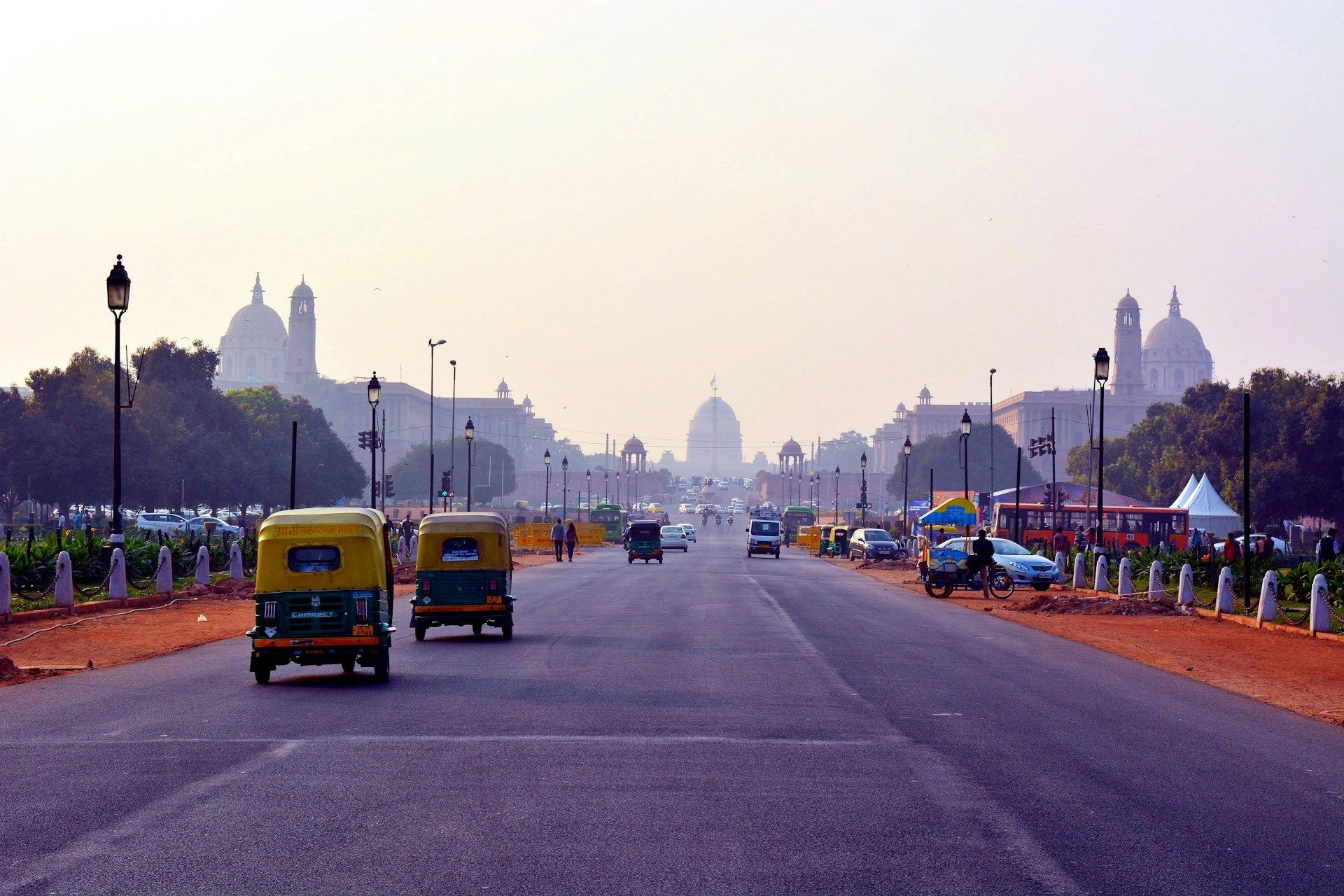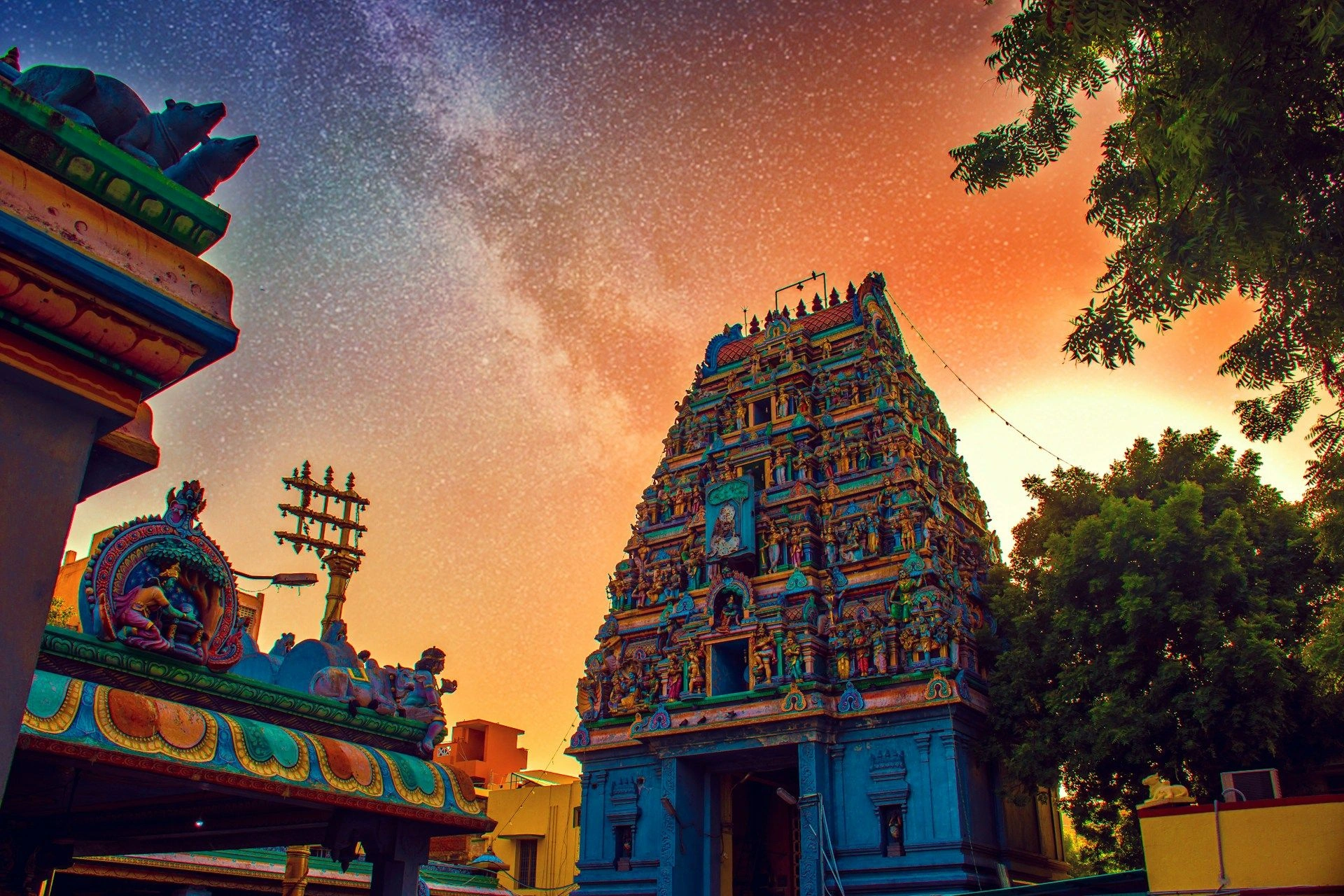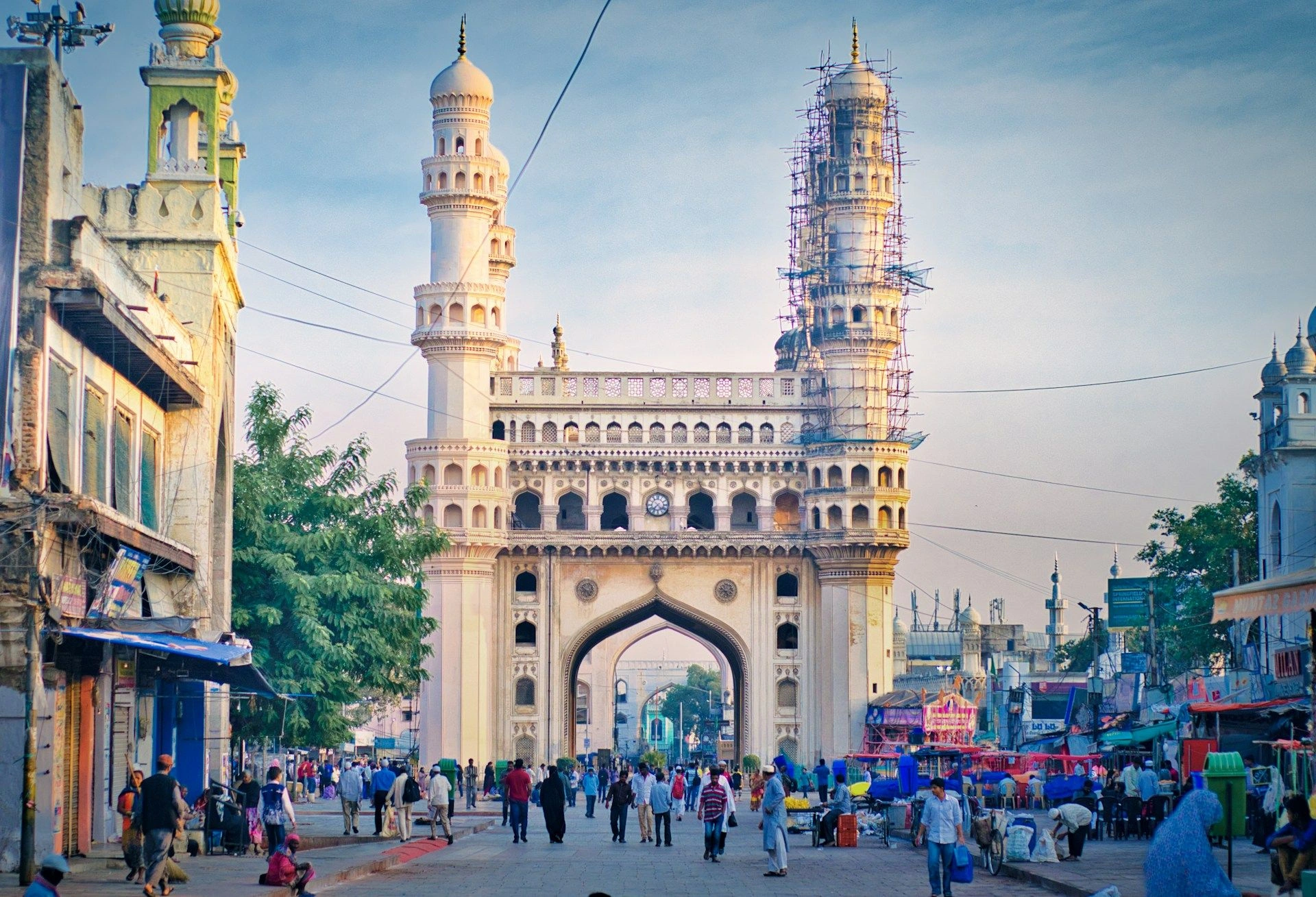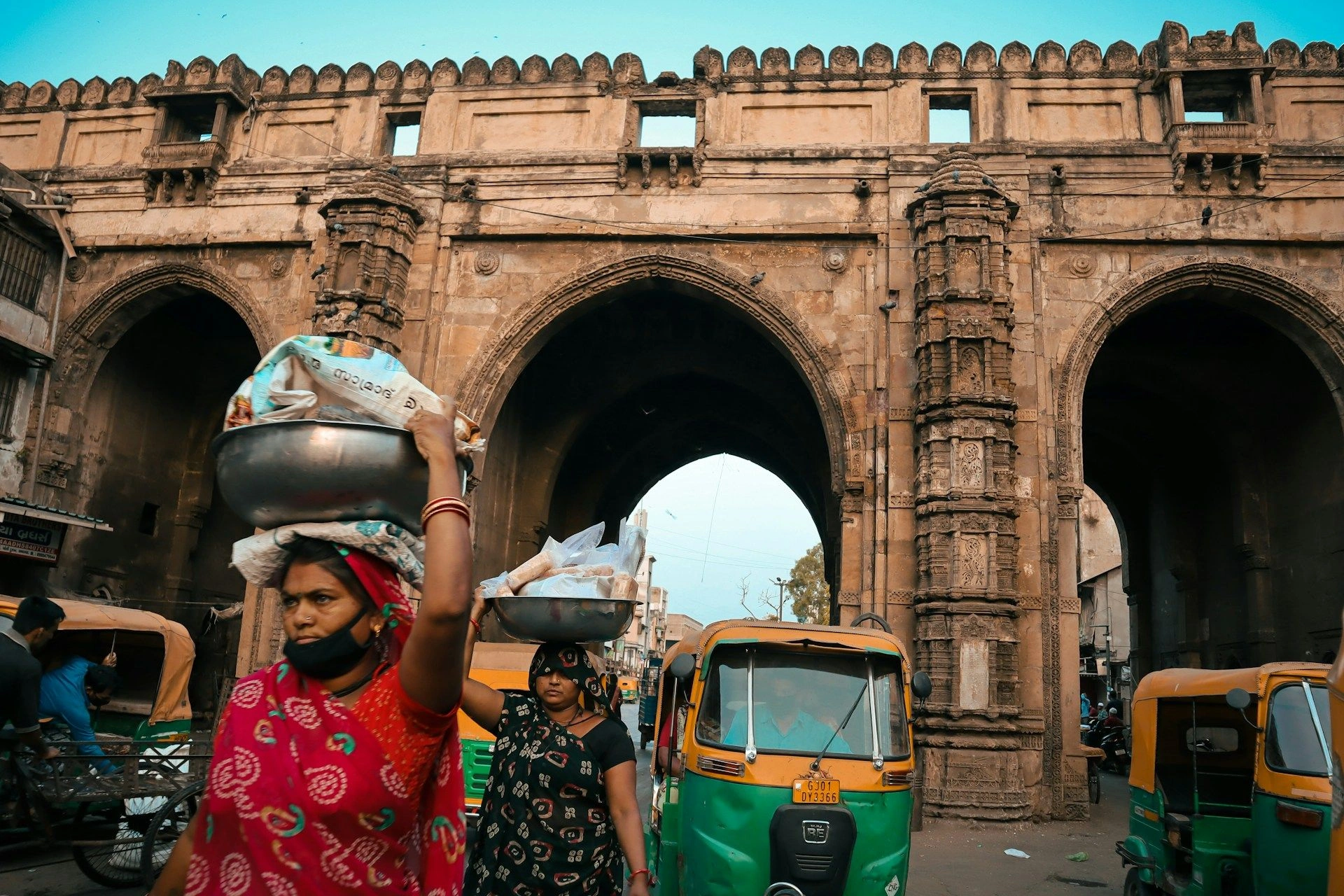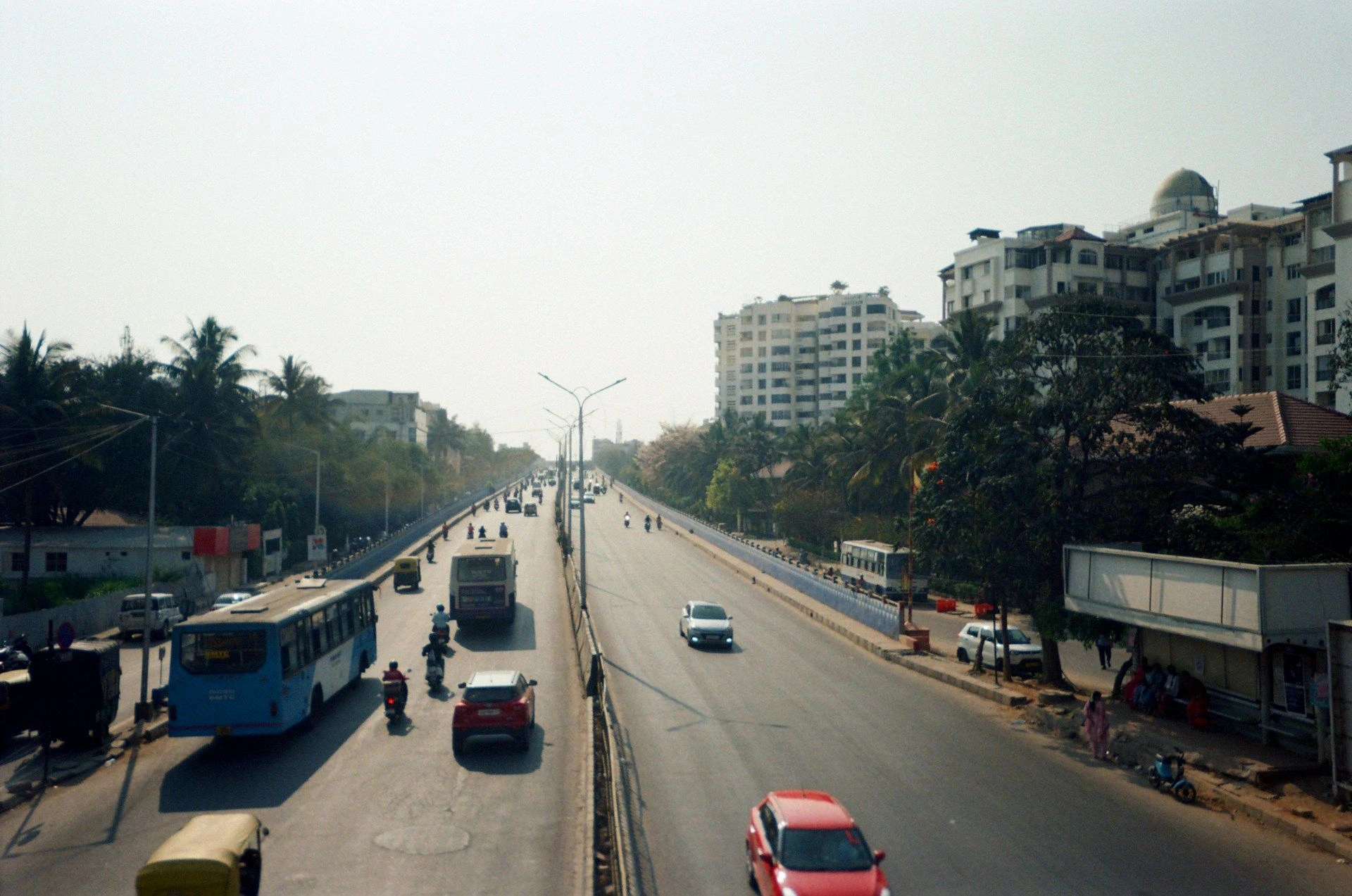Advantages of traveling
to India
Cultural Heritage Trails
Traverse India’s UNESCO sites—from the Taj Mahal’s marble symmetry to Khajuraho’s sculpted temples—immerse in centuries of dynastic art, architecture, and ritual, guided by experts revealing hidden stories behind each monument.
Wildlife & Nature Safaris
Embark on jeep and boat safaris in Ranthambore, Kaziranga, and Periyar sanctuaries; spot Bengal tigers, one-horned rhinos, Asian elephants, and elusive leopards amid protected grasslands, wetlands, and evergreen forests.
Spiritual & Wellness Retreats
Rejuvenate with yoga and meditation in Rishikesh’s ashrams, detox in Kerala’s Ayurvedic centers, bathe under Himalayan waterfall shrines, and practice Vedic rituals at ancient ghats on the Ganges for holistic mind-body renewal.
Cultural Heritage Trails
Traverse India’s UNESCO sites—from the Taj Mahal’s marble symmetry to Khajuraho’s sculpted temples—immerse in centuries of dynastic art, architecture, and ritual, guided by experts revealing hidden stories behind each monument.
Wildlife & Nature Safaris
Embark on jeep and boat safaris in Ranthambore, Kaziranga, and Periyar sanctuaries; spot Bengal tigers, one-horned rhinos, Asian elephants, and elusive leopards amid protected grasslands, wetlands, and evergreen forests.
Spiritual & Wellness Retreats
Rejuvenate with yoga and meditation in Rishikesh’s ashrams, detox in Kerala’s Ayurvedic centers, bathe under Himalayan waterfall shrines, and practice Vedic rituals at ancient ghats on the Ganges for holistic mind-body renewal.

Useful articles
and recommendations from experts
Tourism in India: A Complete Guide
India, a subcontinent of stunning contrasts, invites travelers to explore millennia of civilization, dramatic mountain ranges, tropical coastlines, and kaleidoscopic cultural traditions. Tourism in India spans archeological wonders like the Taj Mahal, remote Himalayan treks, backwater cruises in Kerala, desert festivals in Rajasthan, and vibrant urban life from Mumbai’s Bollywood glamour to Kolkata’s colonial architecture. An extensive network of international airports—Delhi, Mumbai, Bengaluru, Chennai—and a dense rail system link India’s diverse regions, while low-cost domestic carriers and highway corridors enable seamless cross-country journeys. From sipping masala chai in roadside stalls to attending centuries-old dance ceremonies in temple courtyards, travel experiences in India blend sensory richness with deep historical resonance. Whether you arrive at Delhi’s Indira Gandhi International, Mumbai’s Chhatrapati Shivaji Maharaj, or Chennai’s Bay of Bengal gateway, understanding how to visit India ensures you unlock the subcontinent’s most authentic tours, practical logistics, insider tips, and curated itineraries for a transformative 1200-word immersion into this vast land.
Why India is attractive for travelers
India’s magnetic appeal comes from its extraordinary cultural depth, geological variety, and spiritual heritage. In the north, the soaring Himalayas—from Kashmir’s emerald lakes to Ladakh’s high-altitude deserts—offer trekking, mountaineering, and Buddhist monasteries. The Ganges basin nurtures ancient pilgrimage cities—Varanasi, Allahabad, Haridwar—where pilgrims perform dawn rituals and festivals like Kumbh Mela draw millions. Central India’s hill forts—Khajuraho shrines, Orchha palaces—bear exquisite temple carvings and Mughal legacies. Western Rajasthan’s Thar Desert unfolds in color: camel safaris from Jaisalmer, festival spectacles at Pushkar, and opulent palaces in Udaipur. South India dazzles with the backwaters of Kerala, Tamil Nadu’s Dravidian temple architecture in Madurai and Mahabalipuram, and Karnataka’s Hampi ruins. Coastal Goa blends Portuguese heritage with beach shacks and trance-music gatherings, while Mumbai and Delhi pulse with cosmopolitan energy. Culinary travellers journey through street-food trails—chaats in Delhi, vada pav in Mumbai, dosa in Chennai—and sip world-class tea in Darjeeling and Assam. This kaleidoscope of experiences cements why tourism in India remains a bucket-list imperative for millions each year.
Main types of tourism in India
India supports diverse tourism styles; select the best tours in India to suit your interests:
- Cultural & Heritage Tourism: Guided circuits across the Golden Triangle (Delhi–Agra–Jaipur), South India temple trails (Chennai–Madurai–Thanjavur), and pilgrimage routes to Varanasi, Rishikesh, and Amritsar’s Golden Temple.
- Adventure & Nature Tourism: Himalayan trekking (Everest base-camp, Roopkund, Valley of Flowers), wildlife safaris in national parks (Ranthambore, Bandhavgarh, Jim Corbett), and desert camping in Thar’s Sam dunes.
- Wellness & Spiritual Tourism: Yoga and Ayurveda retreats in Rishikesh, Kerala’s spice-garden therapies, Vipassana meditation courses, and Wellness Week packages at ashrams across Uttarakhand and Goa.
- Coastal & Island Tourism: Houseboat cruises in Kerala backwaters, scuba diving in the Andaman Islands, kite-surfing in Gujarat’s Kutch, and beach festivals in Goa.
- Urban & Culinary Tourism: Food-walks in Mumbai’s chawls and Delhi’s Old City, Bollywood studio tours, art galleries of Kolkata, and boutique hotels in Jaipur’s old-city havelis.
- Festival & Event Tourism: Attending Diwali in Jaipur, Holi in Mathura-Vrindavan, Pushkar Camel Fair, Goa Carnival, and Durga Puja in Kolkata for immersive cultural spectacles.
Unique attractions and experiences
India’s hidden gems offer unforgettable travel experiences in India: a thousand-year-old living root bridge trek in Meghalaya; 'Mawsynram’—the world’s wettest place—in monsoon cloud walks; early-morning boat cruises through Periyar’s misty wildlife reserve; cooking classes in a village home in West Bengal teaching pakhala and rosogolla; night safaris in Kabini to spot elusive leopards; and desert stargazing with Rajasthani nomads. Spiritual journeys include a night vigil at Sabarimala temple, taking sacred dips in Pushkar Lake, and equine pilgrimages to Chardham yatra. Tea plantation homestays in Assam and Darjeeling reveal colonial-era estates and tea-leaf processing. Each of these unique best tours in India reveals fresh dimensions of the subcontinent’s geography, traditions, and hospitality.
Practical tips for travelers
Planning how to visit India is easier with these insider India travel tips:
- Visas & Entry: e-Visa available for 180+ nationalities—apply online 4–30 days before travel for stays up to 60 days. Some pilgrims require special permits (e.g., Kailash–Manasarovar, restricted Himalayan zones).
- Transport: India’s rail network—IRCTC booking advisable 120 days in advance for premier classes; high-speed trains now link major metros. Domestic airlines (IndiGo, SpiceJet) connect tier-1 and 2 cities—book 2 months ahead for holiday periods.
- Health & Safety: Drink only bottled or boiled water; use hand-sanitizer. Common vaccinations: typhoid, Hepatitis A. Keep emergency medicines. In wildlife zones, follow ranger instructions strictly.
- Currency & Payments: Indian rupee (INR) is official. ATMs are widespread in urban and tourist centers; carry cash in rural areas. Digital wallets (Paytm, Google Pay) are popular—download apps in advance.
- Etiquette: Remove shoes before entering temples; modest dress recommended (cover shoulders and knees) in religious sites. Use ‘namaste’ with palms pressed. Ask permission before photographing locals.
Seasonal demand and visitor flows
India’s climatic zones and festival calendar shape optimal travel windows:
- Cool Season (October–March): Ideal for Golden Triangle tours, Rajasthan forts, Kerala backwaters, and Goa beaches. Peak December-January—book accommodations and trains 4–6 months ahead.
- Summer (April–June): Himalayan treks and hill stations (Darjeeling, Shimla, Manali); monsoon arrival in Ladakh July–August. Plan acclimatization days and river rafting in Rishikesh.
- Monsoon (June–September): Lush landscapes in Western Ghats, fewer crowds at temples, discounted rates in Goa and Kerala—avoid coastal storms and flood-prone areas.
Travel planning recommendations
To craft a cohesive two-week India itinerary, integrate these recommendations:
- Days 1–3 (Delhi–Agra–Jaipur): Golden Triangle circuit—Red Fort, Qutub Minar, Taj Mahal at sunrise, Amber Fort, and Hawa Mahal. Evening cultural performances and Rajasthani thali dinners.
- Days 4–6 (Varanasi & Khajuraho): Dawn boat cruise on the Ganges, aarti ceremony, UNESCO Khajuraho temples. Evening classical music at Chitragupta Temple.
- Days 7–9 (Rajasthan Desert): Pushkar fair (November) or Jaisalmer camel camp, Sam dunes sunrise, Jodhpur & Udaipur palace tours.
- Days 10–12 (Kerala Backwaters): Kochi spice-market walk, houseboat cruise in Alleppey, Ayurvedic spa in Kumarakom.
- Days 13–14 (Himalayan Escape): Fly to Dharamshala or Rishikesh—yoga retreat, Tibetan monasteries, river rafting.
For peak-season travel experiences in India, reserve trains and accommodations 4–6 months ahead. Book festival tours and wellness retreats 3 months in advance. Download offline maps (Maps.me) and travel apps (IRCTC Rail Connect, Paytm). Pack layers for varied climates, sunscreen, insect repellent, sturdy walking shoes, and a universal adaptor. Secure comprehensive travel insurance covering adventure activities and medical evacuation. By following these strategies on how to visit India, you’ll unlock the subcontinent’s most engaging travel experiences in India, ensuring a seamless, enriching, and deeply memorable journey across this extraordinary land.

